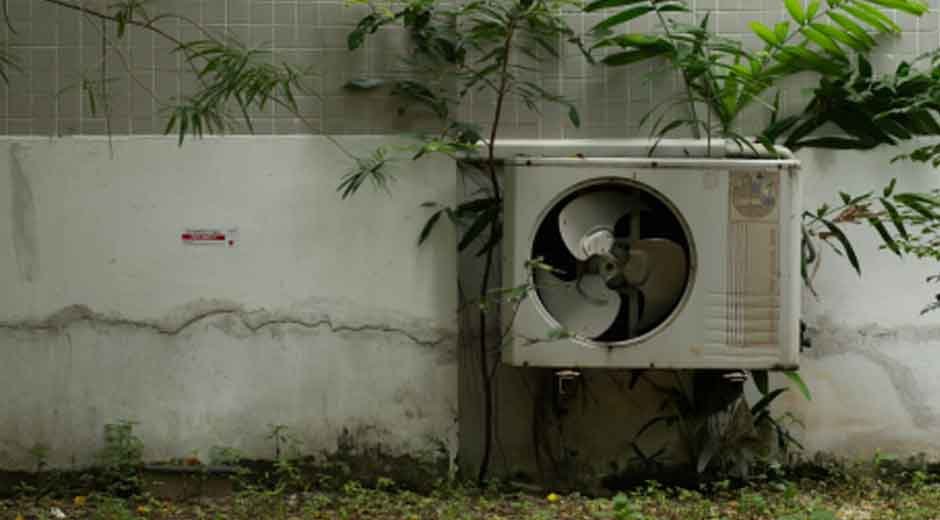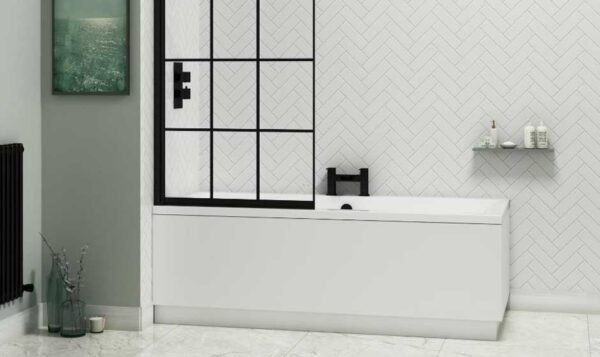When Repairs Become a Cycle: Knowing What to Replace

Repairs are a natural part of maintaining any machine, appliance, or system. From the family car to the home refrigerator, even the most reliable products eventually require attention. But there comes a point when repeated repairs stop being sensible and start becoming a financial and emotional burden. Understanding the difference between a one-time fix and a never-ending repair cycle can mean the difference between continued frustration and long-term peace of mind.
Modern consumers often find themselves in this dilemma. The cost of replacement may appear high at first glance, pushing many toward patchwork solutions that only delay the inevitable. However, continuing down this path without considering the long-term consequences may end up costing more—financially, physically, and mentally. The key lies in timing: knowing what to replace, when to replace it, and why it makes sense to do so.
Climate Control Complications: When Cool Comfort Costs More Than It’s Worth
Air conditioning is one of the most taken-for-granted systems in a home. It hums along in the background, providing relief during the sweltering heat and helping maintain indoor air quality. Most homeowners only begin to notice it when it fails. An aging air conditioner might seem easy enough to repair—replace a capacitor, recharge the refrigerant, or change a filter—but these fixes can add up alarmingly fast.
A unit nearing the end of its lifecycle often starts showing signs that go beyond mere inconvenience. Increased energy consumption, uneven cooling, strange noises, or frequent compressor failures are indicators that something more serious might be at play. Continuing to spend money on parts and labor for a failing system can become a cycle with no end. And that’s when the smarter decision might be considering when to replace your air conditioner.
Making this choice isn’t about chasing the newest technology for the sake of novelty. It’s about calculating the long-term savings, efficiency, and reliability. A new system, while initially more expensive, often comes with warranties, better energy performance, and improved air filtration, reducing not only electricity bills but also maintenance hassles. Replacing a unit at the right time can prevent breakdowns during extreme weather and provide better overall comfort with fewer worries.
Appliances That Outlive Their Usefulness
Household appliances like washing machines, dishwashers, and ovens often function well past their prime—but not without issues. Frequent breakdowns, inconsistent performance, or parts that are increasingly hard to find should raise red flags. The sunk cost fallacy—throwing good money after bad in hopes that the next repair will be the last—is a psychological trap many fall into.
In some cases, legacy appliances may hold sentimental value or a reputation for durability. However, their inefficiency in terms of water and power usage can cancel out any perceived advantages. More importantly, recurring breakdowns often mean more than just money lost. It means disrupted routines, missed deadlines, and unnecessary stress.
Automotive Maintenance: The Slippery Slope of Small Fixes
Vehicles are perhaps the most emotionally and financially invested machines owned by the average person. Whether it’s a family car, a project vehicle, or a daily commuter, the decision to replace or repair comes with weight. An aging car doesn’t just experience mechanical wear; it starts developing systemic issues. Electrical failures, deteriorating gaskets, and transmission problems don’t occur in isolation. One component failing often sets off a domino effect.
While replacing a brake pad or alternator might seem straightforward, the underlying causes of these failures can indicate deeper issues. A car that repeatedly needs servicing, with new problems cropping up every month, often signals it’s nearing the end of its roadworthiness. No amount of individual repairs can fix a fundamentally deteriorating system.
Electronic Devices: Beyond the Warranty Window
Laptops, smartphones, tablets, and smart home systems represent a unique repair dilemma. They are expensive, heavily used, and evolve quickly. Unlike mechanical systems, electronic devices have limited options for meaningful repair. Once out of warranty, users are often left with few choices: pay exorbitantly for manufacturer-authorized service or turn to risky third-party options.
The pace at which technology changes also complicates the repair-or-replace decision. Software updates may outpace hardware capacity, leading to slowed performance and functional obsolescence. Even with fresh batteries, new displays, or re-soldered logic boards, these devices rarely return to peak condition.
Plumbing and Wiring: Hidden Systems, Visible Consequences
Some of the most essential systems in a structure are hidden from plain sight. Plumbing and electrical systems work behind the scenes to make daily life smooth and comfortable. But unlike appliances or electronics, these systems cannot be easily patched with a DIY approach or casual troubleshooting.
A home with plumbing issues—frequent clogs, backups, or leaks—often signals aging pipes, corroded connections, or pressure imbalances. Fixing isolated leaks may seem cost-effective at first, but may mask systemic issues. Similarly, recurring circuit breaker trips, dimming lights, or non-functional outlets suggest electrical systems struggling under load or suffering from wear.
Furniture and Fixtures: From Wear to Wreckage
Even seemingly simple items like beds, chairs, or lighting fixtures can create unexpected costs when they’re beyond their lifespan. Loose joints, cracked materials, or persistent wobbling can all point to internal damage that isn’t worth fixing. In some cases, aesthetics drive repairs, especially when an item holds sentimental value or is part of a set. However, structural integrity should always take precedence over nostalgia.
The Psychological Toll of Continuous Repair
Repair fatigue is real. There is a mental and emotional cost to being in a constant state of troubleshooting. Waiting for technicians, rearranging schedules, dealing with delays, and hoping each fix will be the last wears people down over time. Beyond the financial hit, repeated failures chip away at one’s sense of control and stability.
Ultimately, the shift from repair to replacement is not about giving up—it’s about regaining control. The goal is to break free from the cycle of short-term fixes and move toward long-term solutions. Life is complicated enough without the added burden of managing outdated or unreliable systems. Knowing what to replace—and acting on it at the right time—restores not just functionality, but peace of mind.



